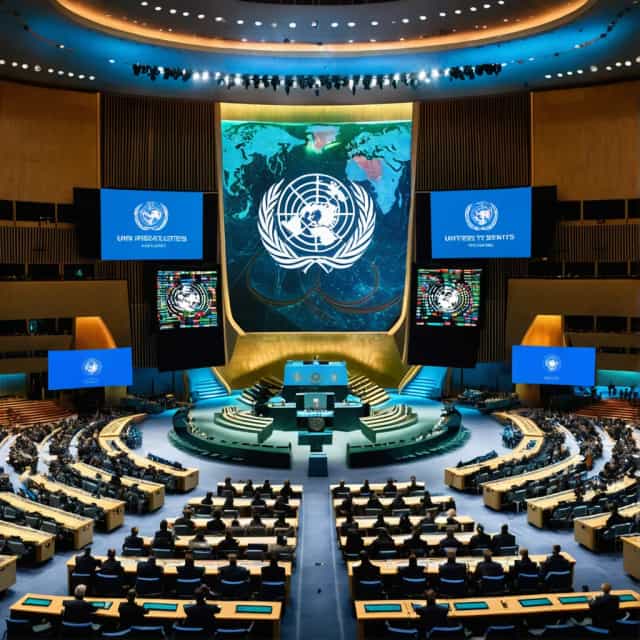
Image source: Block Media
Argentina's Economic Crossroads: Tackling a $9.5 Billion Debt Amid Escalating Uncertainty
A High-Stakes Debt Challenge
Argentina is bracing itself to manage a $9.5 billion debt repayment due in 2026, equivalent to an eye-watering 13 trillion South Korean won. However, the nation's decision to exclude possible U.S. government intervention raises critical questions about its broader financial strategy and future stability.
In a press statement on November 20, Argentine President Javier Milei revealed that negotiations regarding the debt repayment are advancing steadily. "We will not announce anything until the process is fully finalized," he remarked, cautiously optimistic about an imminent resolution. However, Milei refrained from discussing any involvement from the U.S. Department of the Treasury. Earlier this year, U.S. Treasury Secretary Scott Besant had informally hinted during a meeting in Buenos Aires that the Exchange Stabilization Fund (ESF) could be leveraged to bolster Argentina’s financial stability. Despite this suggestion, the current administration has opted to keep the U.S. Treasury at arm's length.
The Peso’s Struggles and Limited Policy Impact
The Argentine peso is locked in a downward spiral, weakened further by recent political turbulence stemming from opposition victories in local elections. Over the past week, the central bank has poured more than $1 billion into stabilizing the embattled currency. These interventions were complemented by a suite of corrective measures, including tighter trading regulations, increased reserve requirements for banks, and intervention in forward markets. Yet, these policies have provided little relief.
This turmoil has driven the peso to a new low, trading at 1,475 pesos per U.S. dollar—a rate that surpasses the upper exchange limit established by the International Monetary Fund (IMF). Consequently, concerns have mounted regarding Argentina's ability to meet its debt obligations. Escalating fiscal distress has been further reflected in the surging yields on U.S. dollar-denominated bonds, which have climbed above 17%, signaling investor apprehension over the country’s stability.
Adding to the scrutiny is Argentina’s utilization of approximately $20 billion in IMF loans, which have predominantly been directed toward propping up the currency markets rather than addressing the nation’s debt repayment obligations. This approach has drawn sharp criticism, with experts questioning its long-term sustainability.
Political Turmoil Intensifies
Parallel to economic challenges, political instability looms large over Argentina’s future. President Milei’s sweeping austerity measures, including substantial cuts to healthcare and education budgets, have spurred significant public dissent. Protests reflect widespread discontent, with citizens demanding a more balanced economic strategy that does not sacrifice essential social programs.
Compounding these challenges are corruption allegations within Milei’s administration, which have chipped away at the president’s approval ratings. Furthermore, legislative gridlock has stymied the government’s reform agenda, with multiple defeats in parliamentary votes eroding momentum for new policies designed to stabilize the economy.
Expert Warnings and a Precarious Path Ahead
Economic and financial analysts have issued stark warnings over Argentina’s fragile outlook. "The administration’s immediate priority is defending the exchange rate, but this focus diverts attention from vital long-term concerns, including debt servicing and economic viability," experts argue.
The nation faces an uphill battle as it confronts a perfect storm of fiscal pressures, an increasingly unstable peso, and mounting political unrest. This trifecta of challenges not only complicates the government’s short-term economic strategy but also jeopardizes its prospects for sustainable recovery in the long term.
Navigating the Road Ahead
With its financial future hanging in the balance, Argentina must tread carefully to stabilize its economy while addressing the urgent need for debt repayment. Achieving this daunting task will require deft political maneuvering, robust economic planning, and a regained trust in government institutions at home and abroad.
The coming months will be critical in determining whether Argentina can pull itself back from the brink of a full-scale economic crisis or sink further into instability. For now, the world watches as one of South America’s largest economies prepares to navigate its most turbulent period in recent history.










